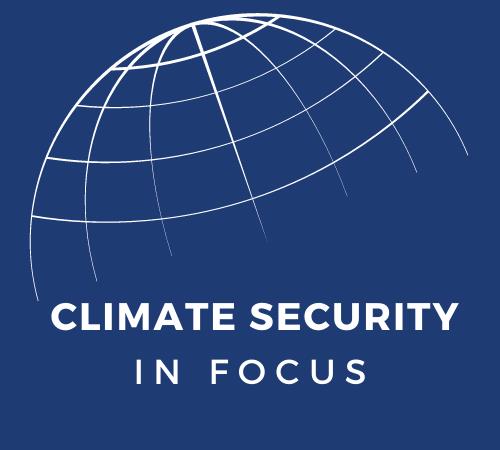
No Longer “Exceptional” Events – Lessons from the Canadian Wildfire Smoke Drifting into the United States
By: ASP & EDF Climate Corps Fellow Sunjoo Hwang
The sky was orange on June 7th, 2023, and people could even smell and taste the air. This is not a tale of California, but New York and its neighboring states where wildfires are uncommon. Smoke from the massive Canadian wildfires blanketed the East Coast, and New York City’s Air Quality Index (AQI) reached 405 out of 500 at its peak. The AQI is an index that informs how clean or unhealthy the air is by primarily evaluating four of the air pollutants regulated under the Clean Air Act: ground-level ozone, particle pollution, carbon monoxide, and sulfur dioxide. AQI 100 is a threshold above which the air is considered as unhealthy, and the values above 100 are further categorized based on the level of health concerns (Table 1).
Table 1. Air Quality Index (Source: U.S. Environmental Protection Agency)

On June 7th, New York City hospitals recorded the highest number of asthma-related ER visits of the year. As such, exposure to particle pollution in wildfire smoke can cause adverse health impacts, including respiratory symptoms, cardiovascular diseases, and premature deaths. Wildfire smoke can be even more toxic than fine particulate matter from other sources. In the contiguous United States, emissions from wildfires could lead to 4,000 premature deaths and cost $36 billion annually. While people are advised to stay inside when wildfire smoke covers the atmosphere, wildfire smoke also affects indoor air quality. The impact of wildfire smoke extends for days, months, and even years as it can increase risks for chronic health illness and mental health.
Notwithstanding, wildfire smoke is exempt from the current regulations under the Clean Air Act. The Act was passed by Congress in 1970 spurred by the 1948 Donora Smog, and it authorized the U.S. Environmental Protection Agency (EPA) to establish the National Ambient Air Quality Standards (NAAQS) (40 CFR part 50) for six criteria pollutants to protect public health and the environment: carbon monoxide, lead, nitrogen dioxide, ground-level ozone, particle pollution (PM2.5 and PM10), and sulfur dioxide. The Act has contributed to reducing air pollution as the U.S. economy continued to grow, but wildfire smoke has been exempt from the regulations by the “Exceptional Events Rule,” which was designed to avoid imposing on tribal, state, or local air agencies unreasonable requirements related to NAAQS violations due to unusual or naturally occurring events.
However, wildfires are no longer exceptional events. California experienced more than 7,000 wildfires annually for the last decade, and the 2022 U.N. report forecasted that the number of extreme fires is expected to double globally by 2100. Also, the Canadian wildfire smoke that cloaked the eastern United States demonstrates that wildfire smoke causes problems beyond fire-prone areas due to the downwind effect. The Clean Air Act directed the EPA to issue a new Good Neighbor Rule to restrict smokestack emissions that burden downwind areas. Still, it should be noted that the Good Neighbor Rule currently addresses only anthropogenic emissions, and similar approaches for non-anthropogenic emissions such as wildfire smoke should be reviewed and adopted.
In a line of effort, the EPA has started tracking exceptional event demonstrations and partnered with other federal agencies to produce the Wildfire Smoke Guide for Public Health Officials and to develop a tool that displays real-time fire and smoke information. Nevertheless, there are still potential opportunities to strengthen wildfire smoke mitigation strategies in the absence of direct regulations by identifying air quality and public health critical values at risk affected by wildfires.
In addition, while it is important to devise and execute plans for climate change, the cities would need to engage in developing plans and measures tailored to addressing various events such as wildfire smoke. When the city was smothered in a sepia haze, New York and other cities had to respond to the wildfire smoke without consistent and concerted emergency protocols and planning measures. As climate change has already increased the frequency and the extent of extreme weather events, any climate events are no longer black swan events both spatially and temporally, as evidenced by the 2023 Canadian Wildfire Smoke and the 2021 Texas Power Crisis. Climate resilience at different levels should be enhanced to embrace every inch of possible climate events. Otherwise, the threat multiplier is left behind with potent impact on public health and risks to municipal and national security.
Climate Security in Focus is a blog series dedicated to exploring key elements of climate security that impact American interests both at home and abroad. The series aims to examine specific aspects of climate security issues in order to better understand climate policy challenges, facilitate conversation, and generate ideas.





